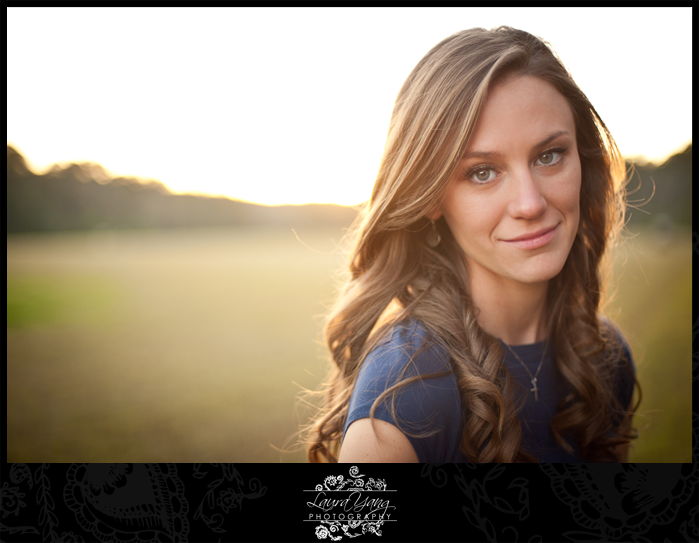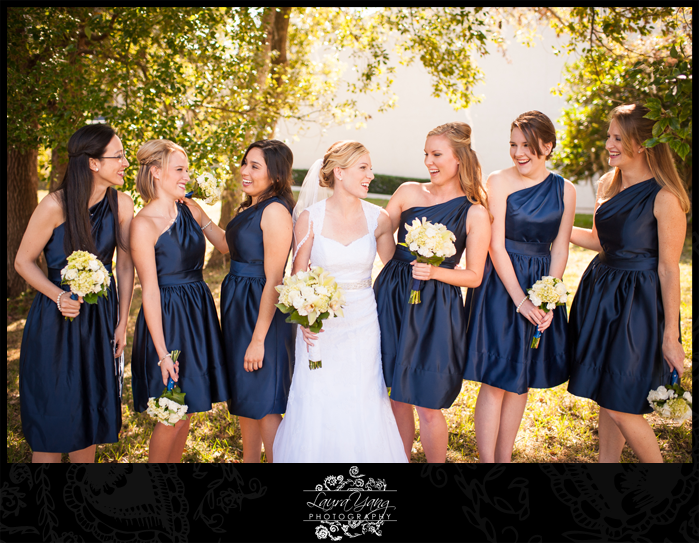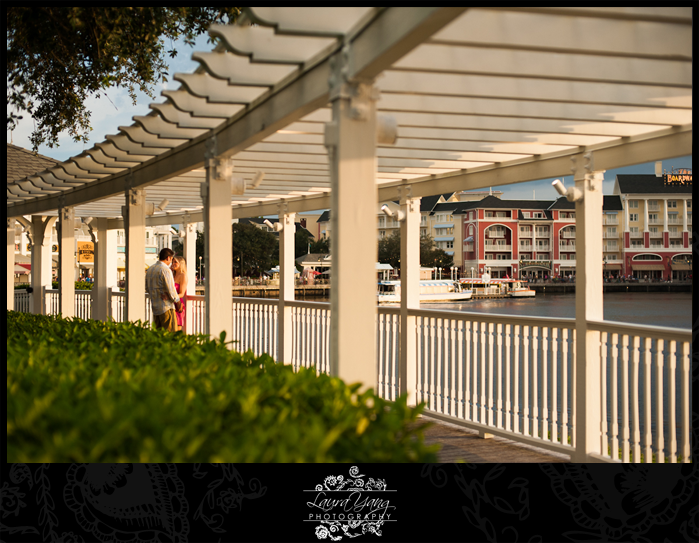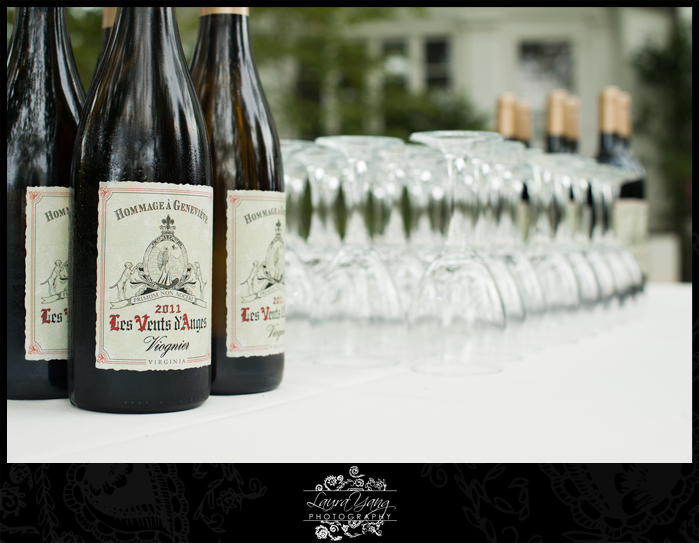Note: Photographers’ Friday is a weekly blog series directed toward professional photographers, and in some instances, serious amateur photographers. All Photographers’ Friday blog posts will assume that readers have a basic working knowledge of digital SLR cameras, but if you’re left with questions or don’t understand any of the information, don’t hesitate to ask. We love e-mails!
—
It’s a question I’ve heard frequently from new photographers, and one I asked frequently when I was just starting out: How do you know what aperture you should use for any given shot?
The answer is that there is no definitive answer. Some photographers never shoot wide open, because they want most of the picture in focus, while others almost never stop their aperture down because they prefer a shallow depth of field. I fall into the latter category. I like my backgrounds to be a lovely wash of bokeh instead of crystal clear. But that doesn’t mean that is “right” and higher apertures are “wrong.” If you want to know a few of my rules of thumb though, the rules I follow that help me achieve the look I want in my images, here they are.
For closeups of women and children, shoot fairly wide open.
I love the look of a portrait with a fairly small area of sharp focus, with the rest of the image soft and dreamy looking. It’s especially flattering for women, and plays up the innocence of children. When photographing women and children individually, I almost always shoot at f/ 2.0 or wider, and frequently at f/ 1.4. This particular portrait was shot at f/ 1.4 on my 50 mm lens. For group shots, you do not have to be stopped down too far — if the people in the photograph are all on the same plane.
For group shots, you do not have to be stopped down too far — if the people in the photograph are all on the same plane.
There’s a commonly-repeated photography adage that your aperture should be equal to the number of people in your photograph. Don’t always believe it. When the people in the group are clustered together so that some are well in front of others, it’s true that your aperture will need to be much more stopped down. But if your subjects are all on the same plane — if their noses would all touch the window if you lined them up in front of a pane of glass — you can shoot at a much wider aperture with very pleasing results. I’ve already said I’m all about creamy backgrounds and sweet bokeh, so I’ll go for that look whenever I possibly can! We generally shoot our formal family portraits at f/ 3.5 or f/ 4 on the already-creamy 70-200 mm lens for this reason. With bridal parties, I’ll get even more adventurous. This one was at f/ 2.2 on a 35 mm lens. For pulled-out photographs, stop down just a bit.
For pulled-out photographs, stop down just a bit.
One thing I learned quickly when I first began playing with aperture was that the farther you are from your subject, the less likely your subject will be in focus if you’re too wide open. So for sweeping, wide photographs, I generally shoot at f/ 2.5 or 2/ 2.8. That allows me to capture my subject with a nice sharp focus, but the background isn’t equally in focus. This pulled-back portrait, again from my 50 mm lens, was captured at f/ 2.8. For details, shoot as wide as you can without losing the detail in the details.
For details, shoot as wide as you can without losing the detail in the details.
When it comes to photographing inanimate objects, like wedding day details, there is again no right answer to which aperture is best. It totally depends on the detail you’re photographing and how much of that detail or the surroundings you want in focus. I frequently photograph certain details — brides’ shoes, flowers, cakes — at f/ 1.4, but that doesn’t work for other details — rings, customized gown hangers — when you want a good bit of the object to sharp. The best advice I can give here is that if you’re not sure which aperture would be best for a certain detail, try it at several apertures. Shoot it wide open, then stop down a bit and shoot it again, then a bit more, until you find the exact look you want. Here’s a great example of needing to stop down: Danny photographed these wine bottles and glasses on his 50 mm lens at f/ 5.6, because with a wider aperture than that, the wine glasses became an indistinct pale blur. They’re still pleasantly blurred for my taste, but easily recognizable. Those are the four aperture rules I always keep in the back of my mind as I’m shooting. Do you have others? Share away! I’d love to know how you know what aperture you should use when.
Those are the four aperture rules I always keep in the back of my mind as I’m shooting. Do you have others? Share away! I’d love to know how you know what aperture you should use when.
~ Laura
Be the first to comment